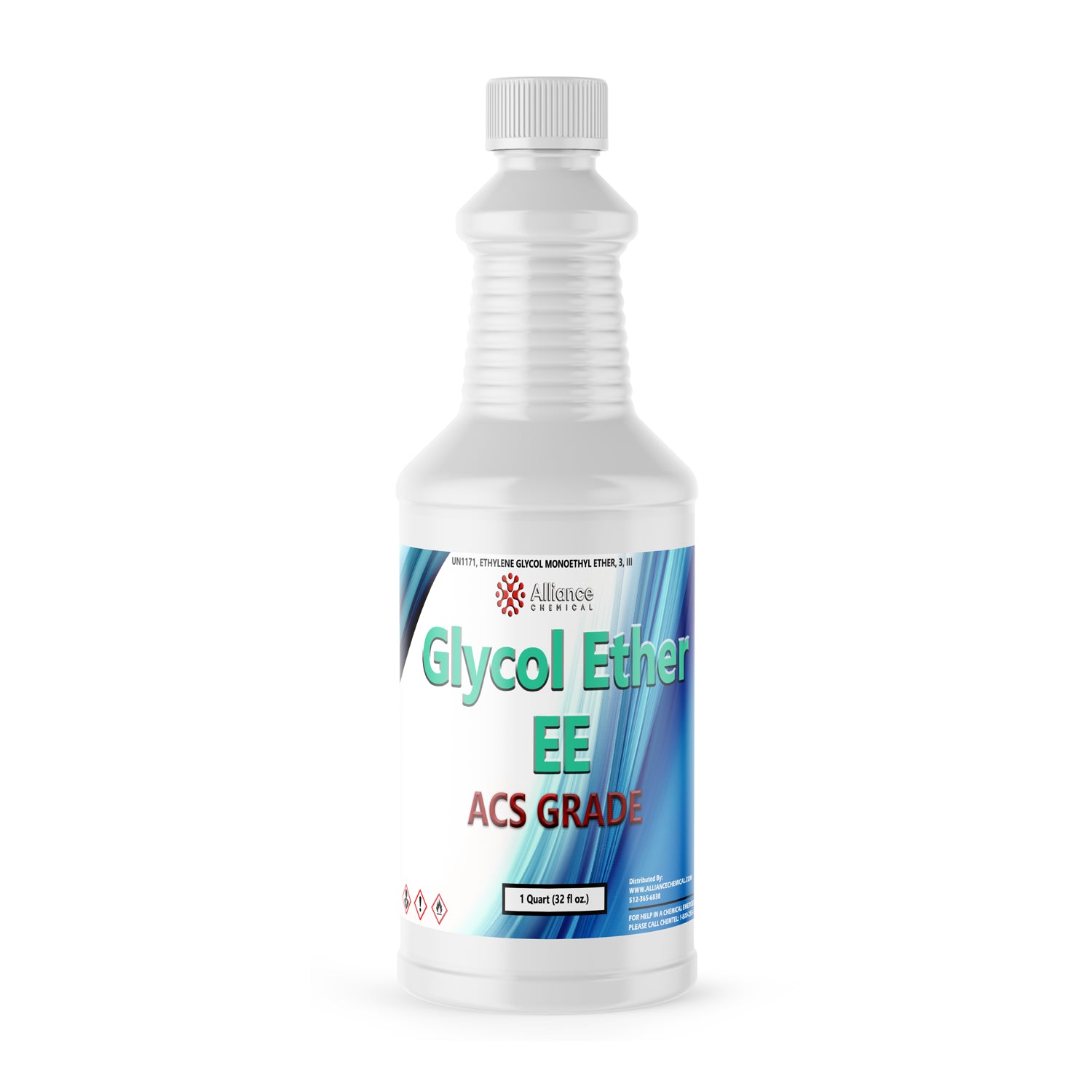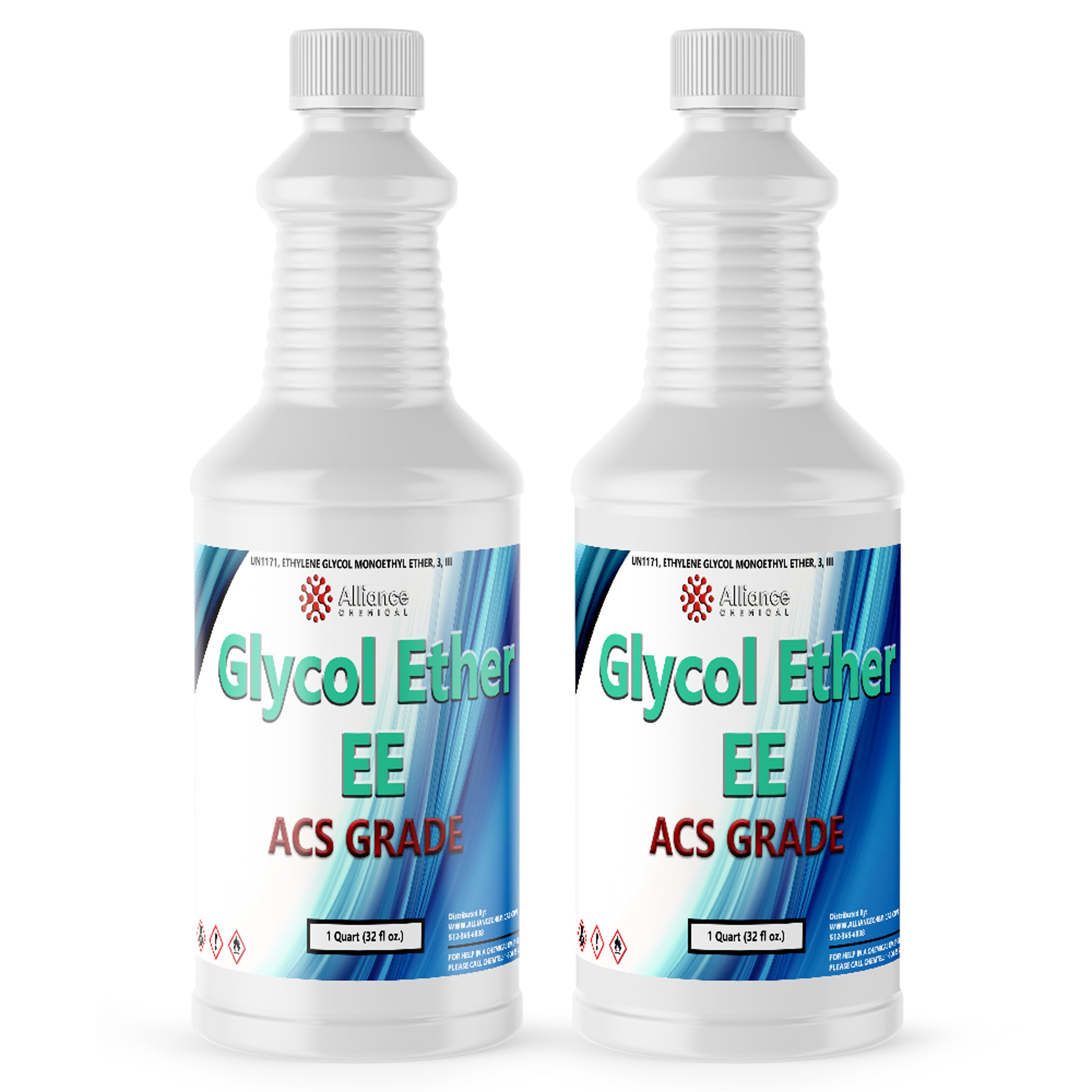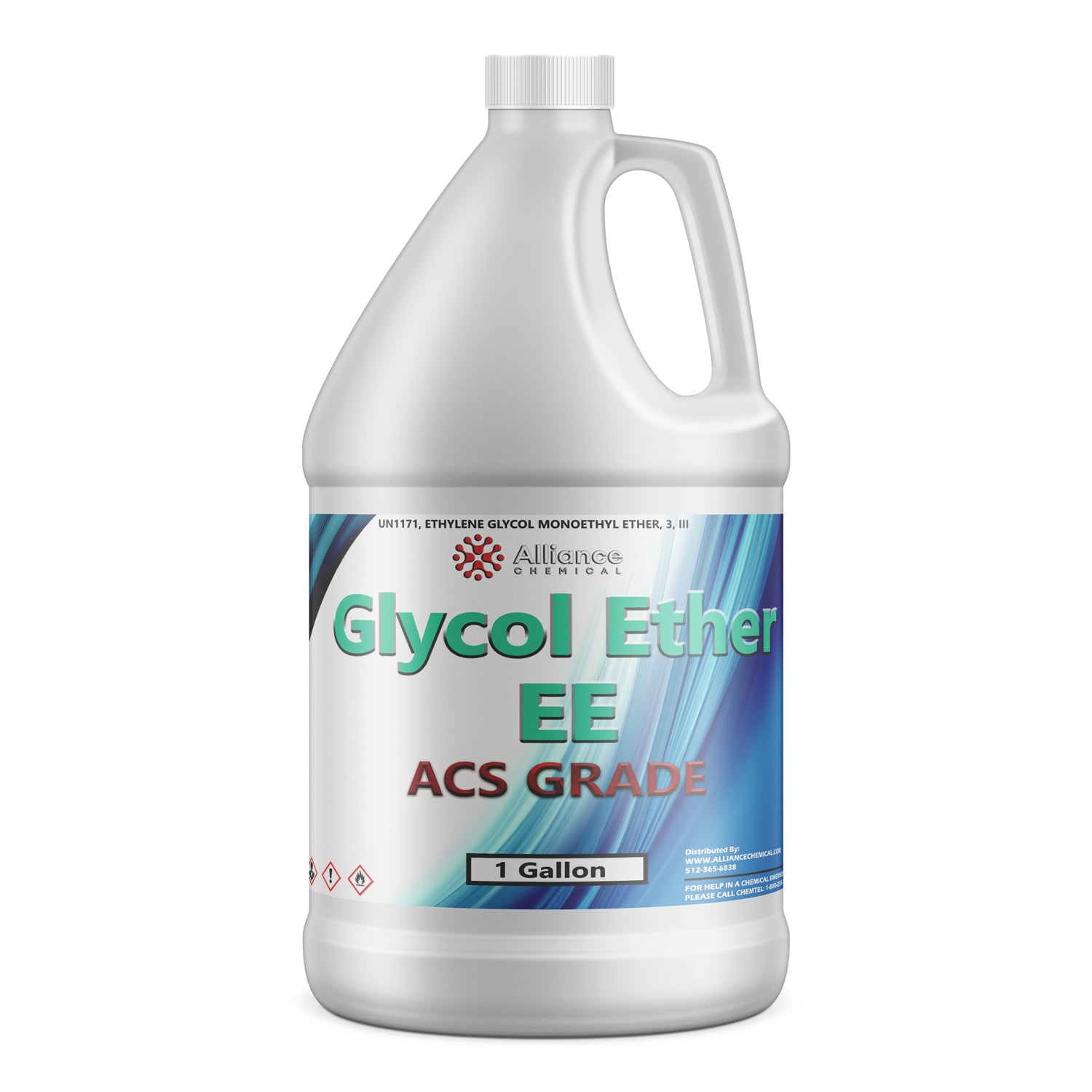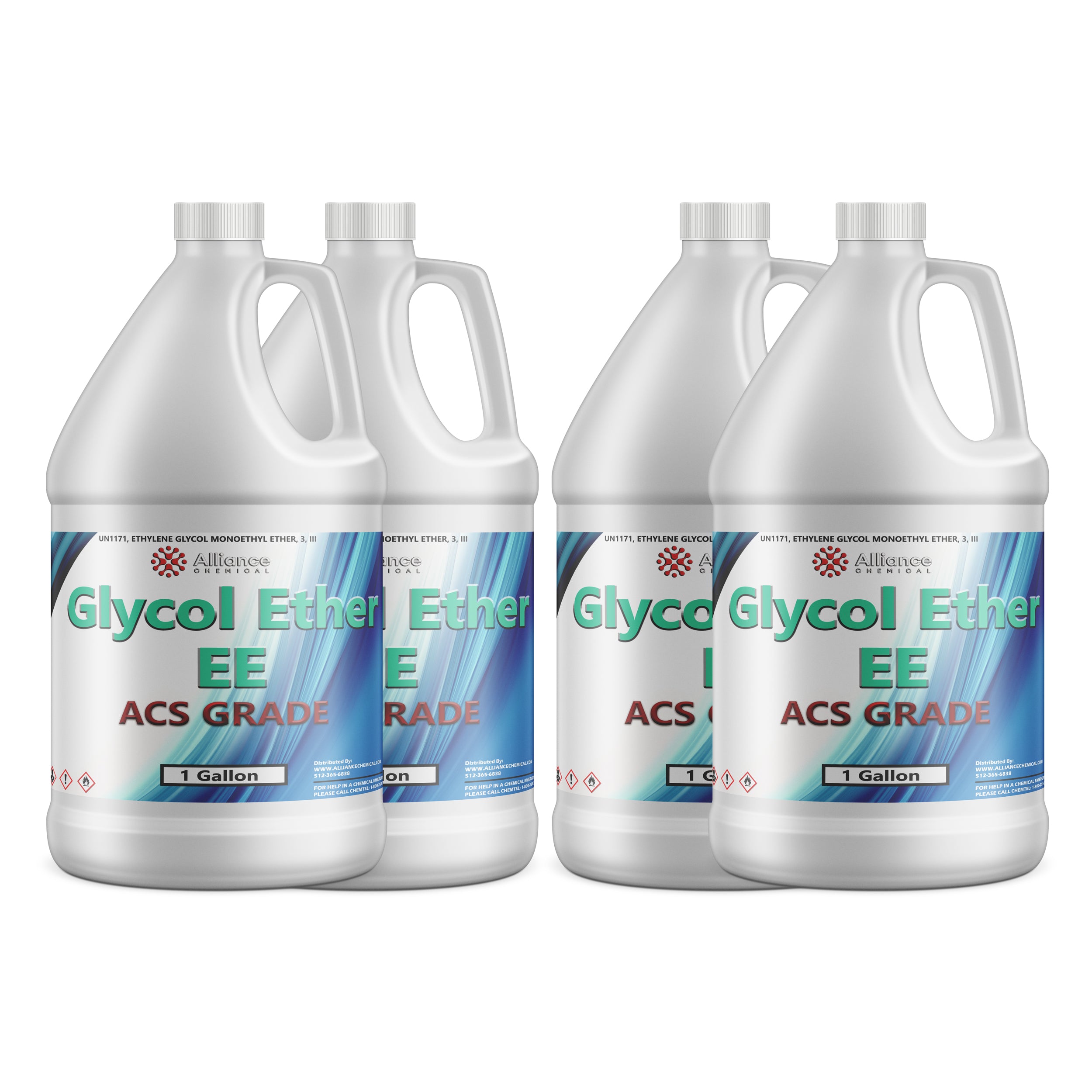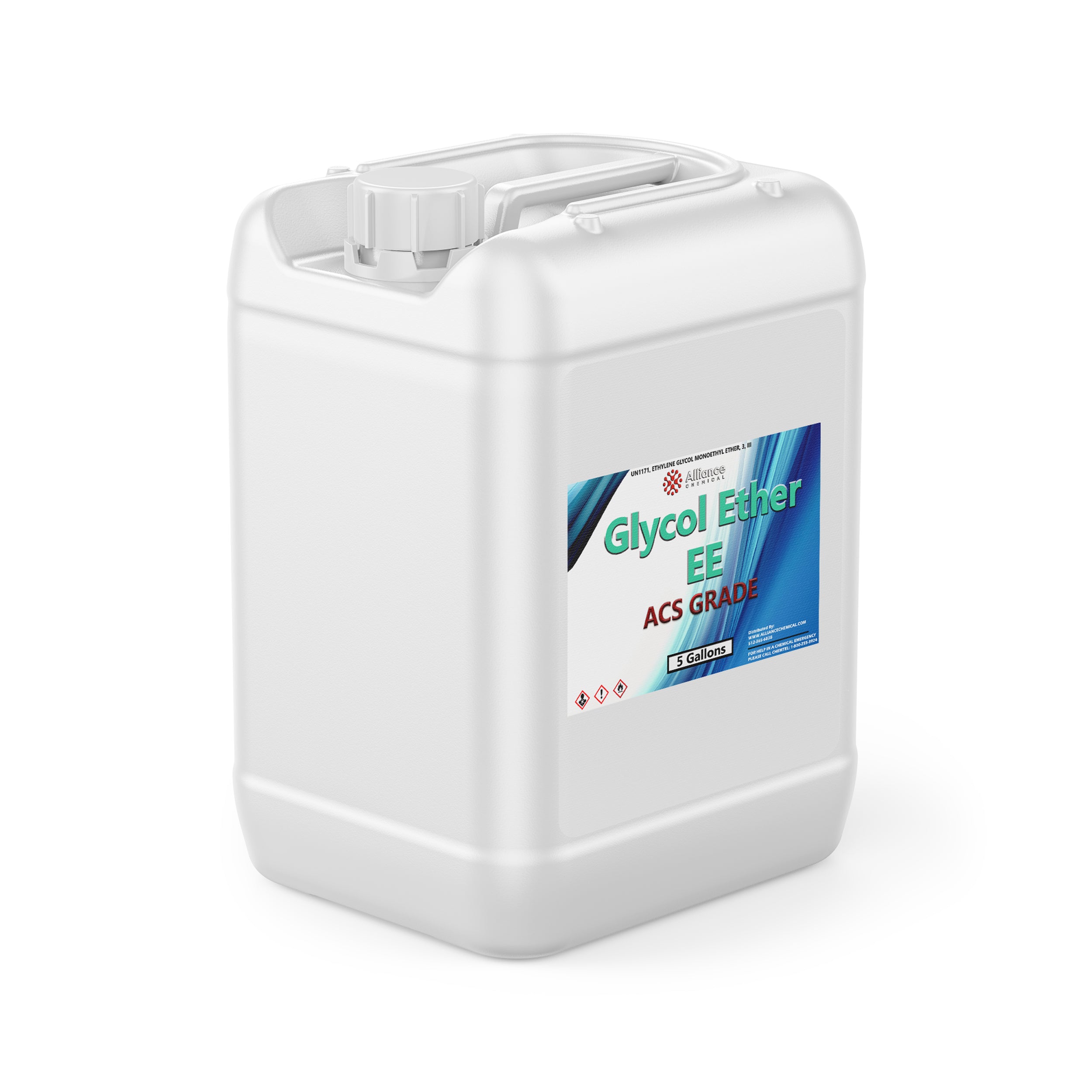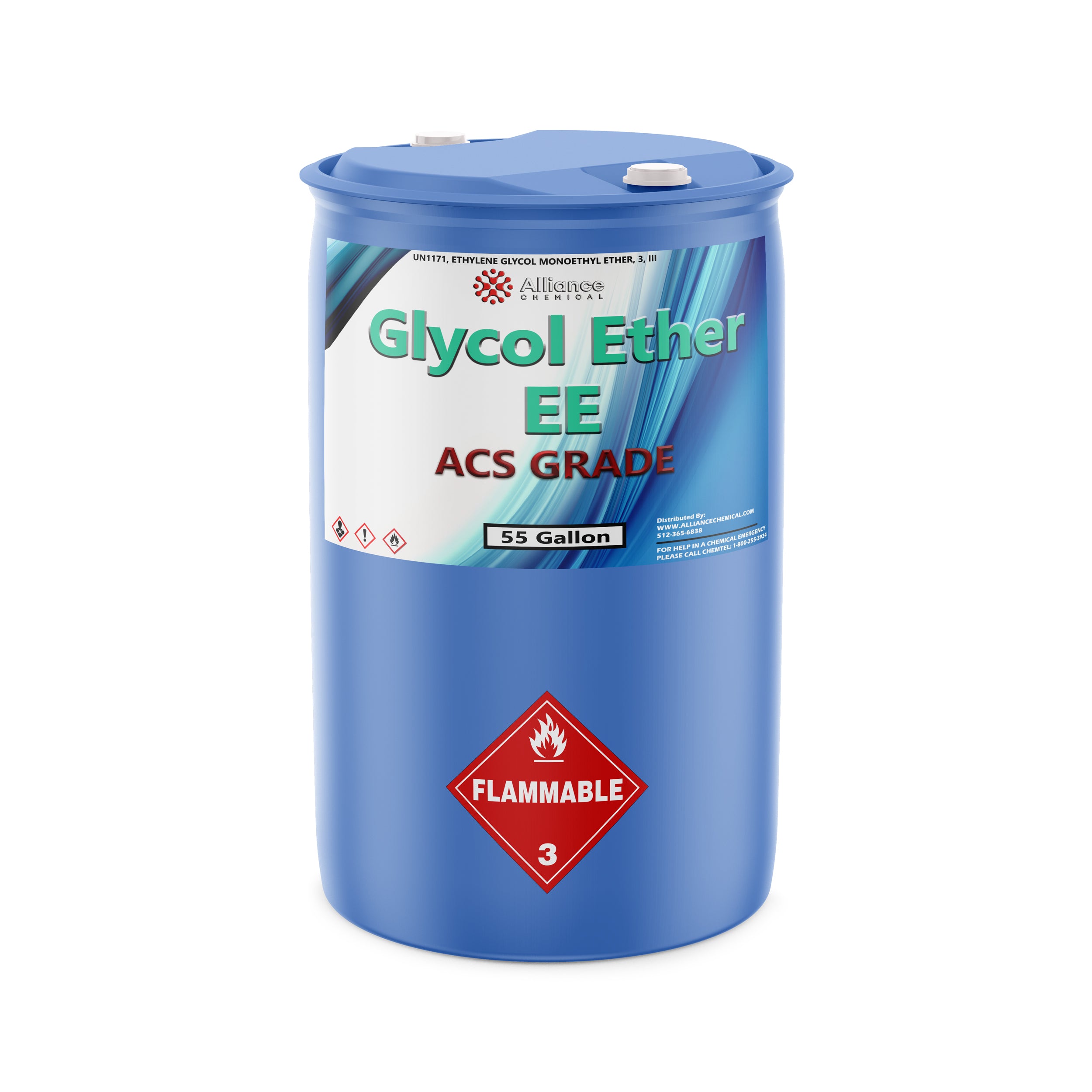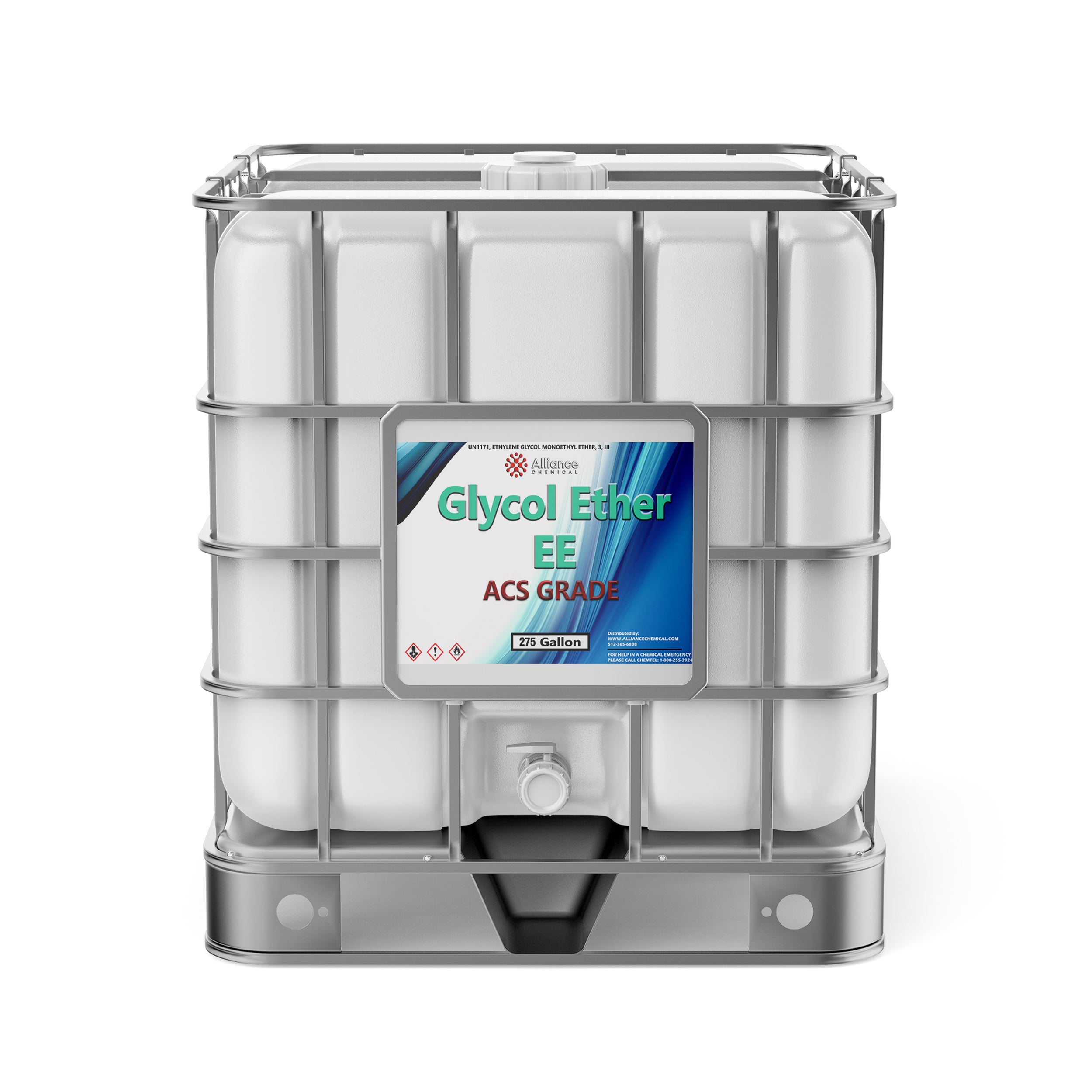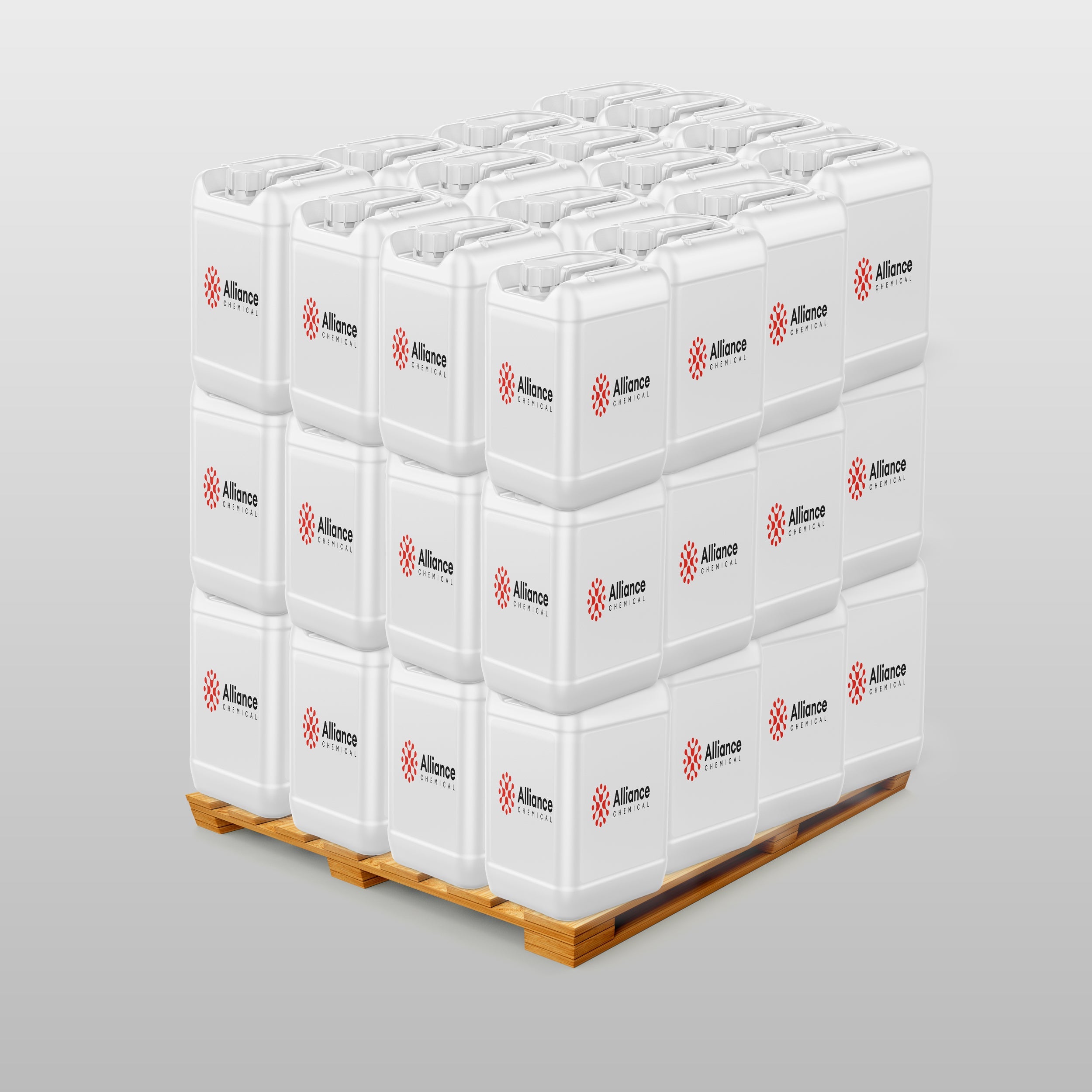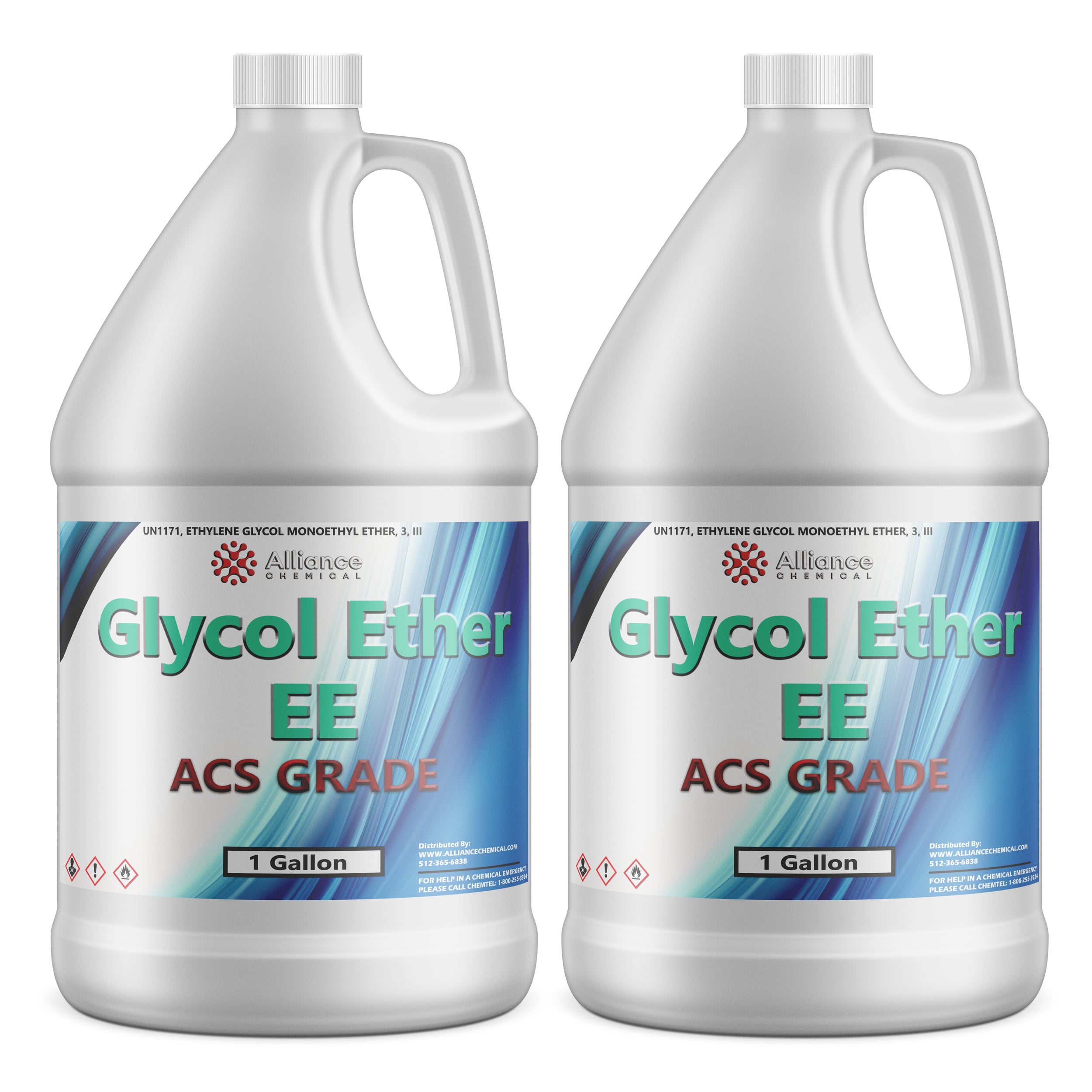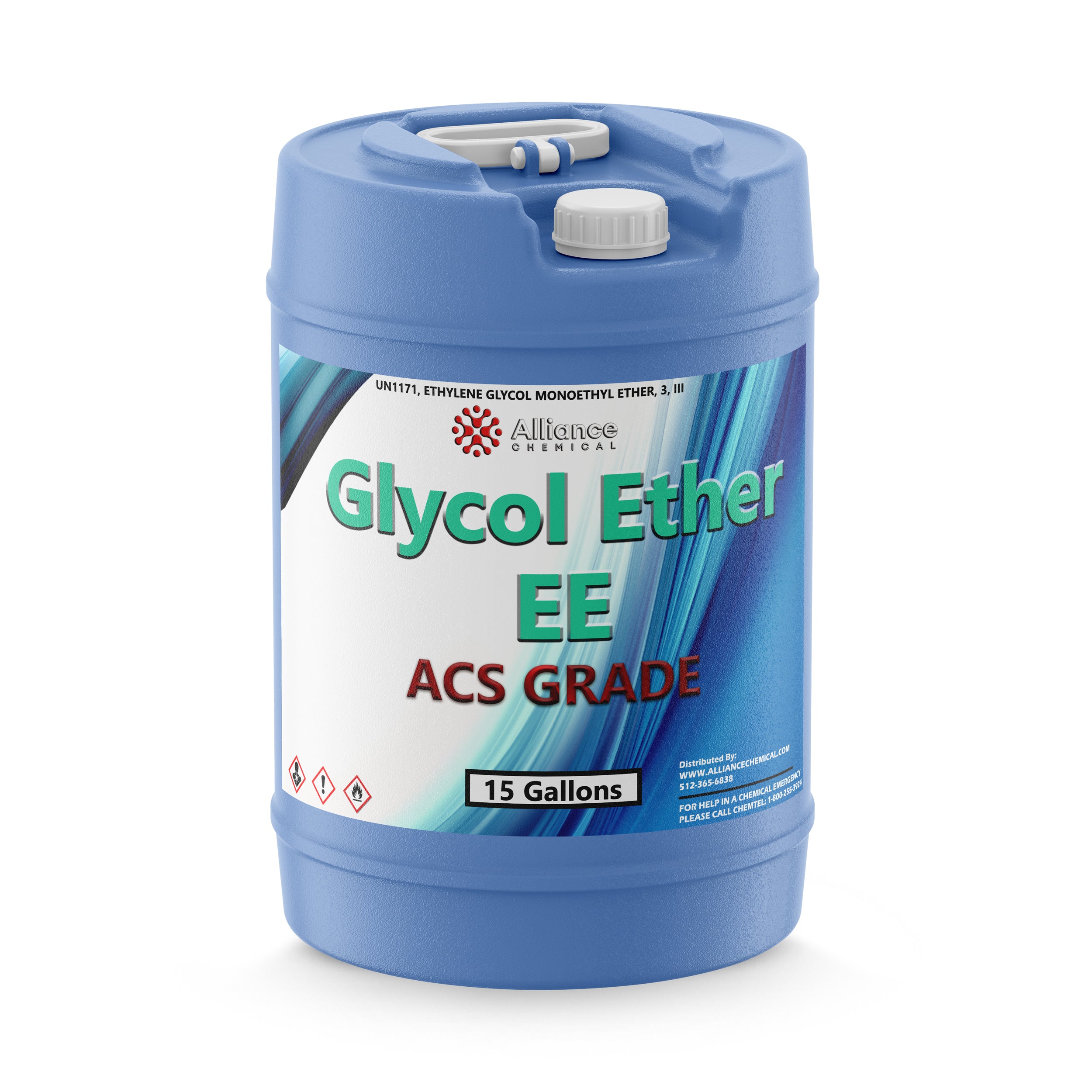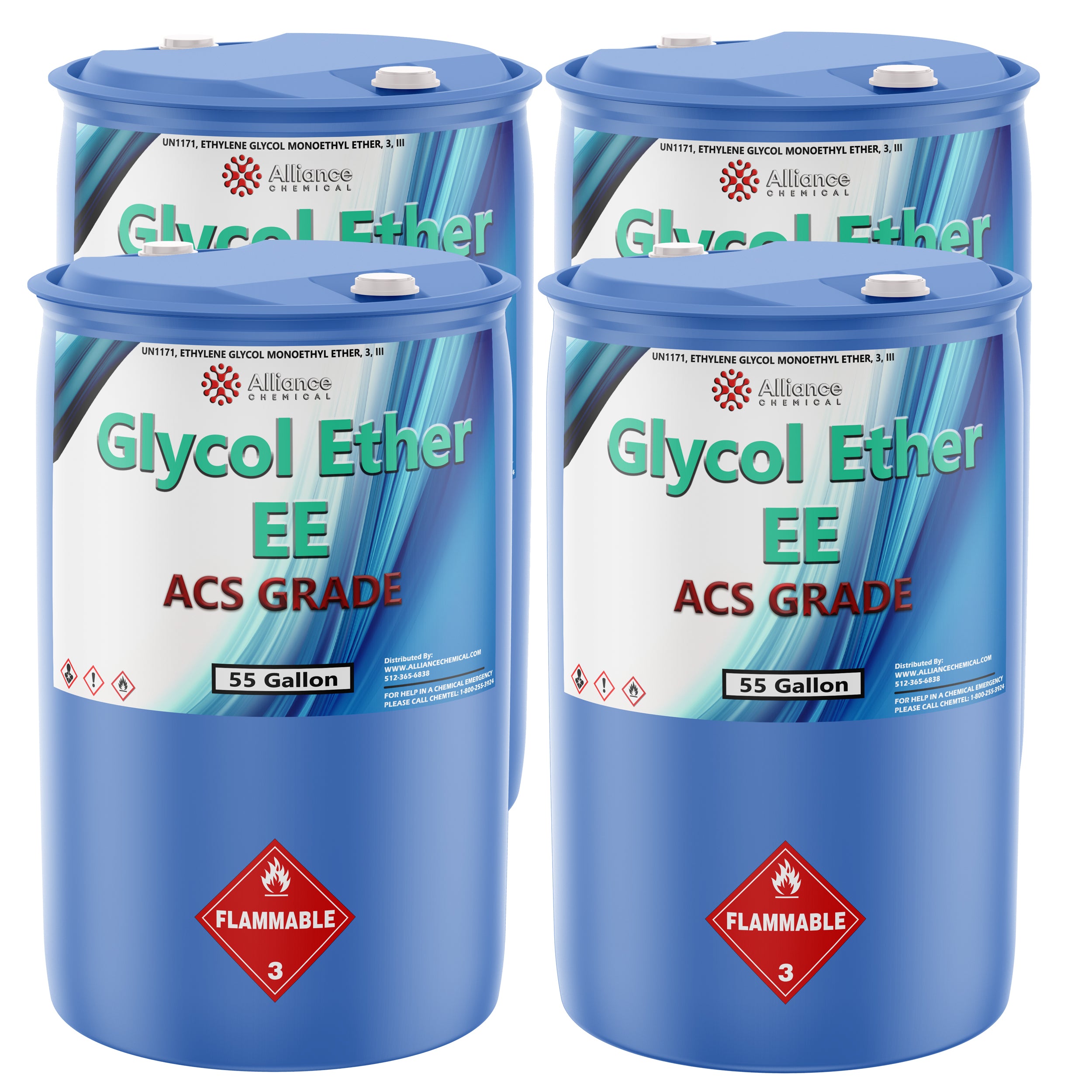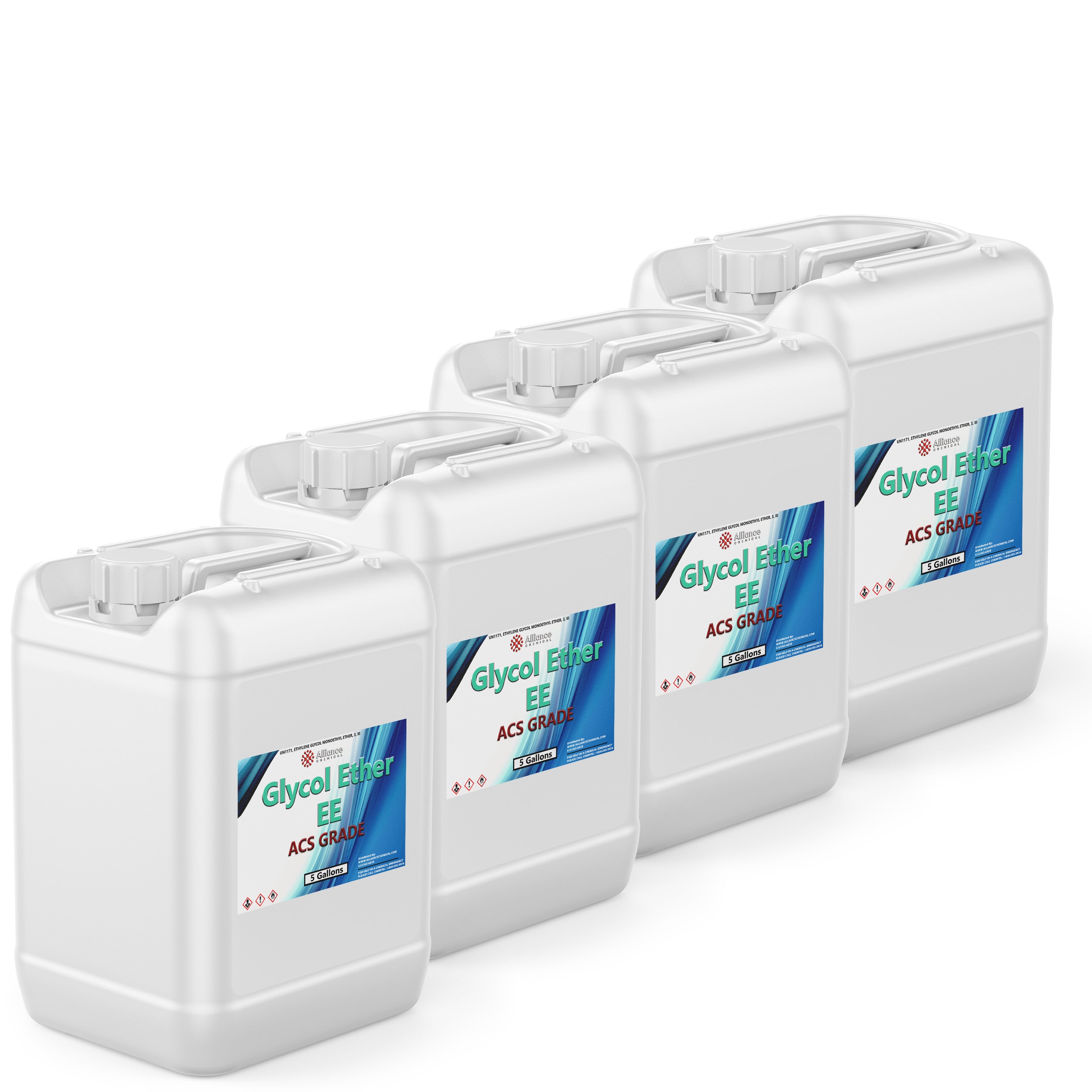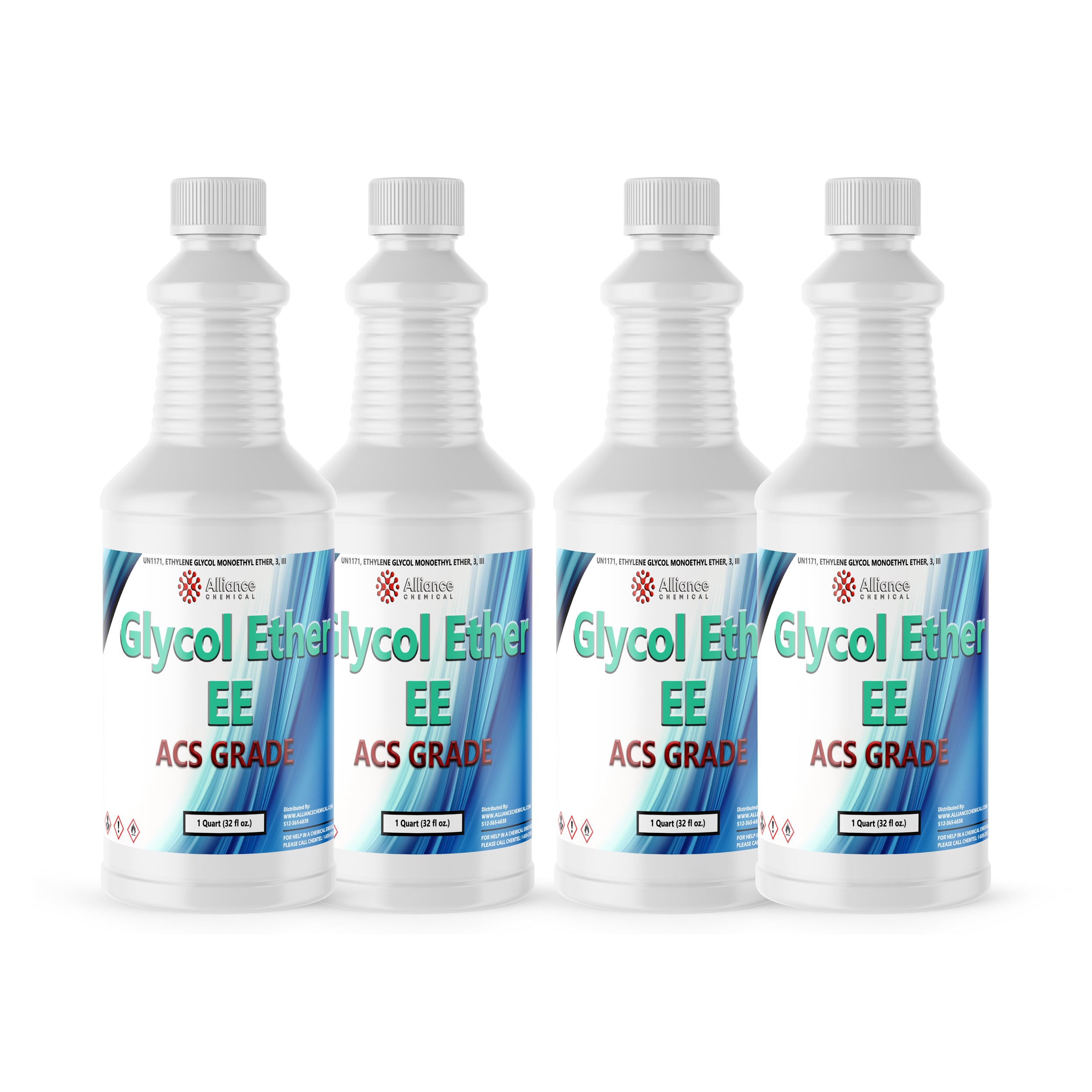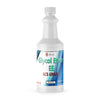Ask a question
Product Overview
Glycol Ether EE ACS is a high-purity solvent designed for demanding industrial and analytical environments. This ACS Grade glycol ether exhibits exceptional solvency across a broad range of organic and inorganic substrates while maintaining relatively low volatility. With an assay typical of 99.8% and low residual moisture, it delivers consistent performance in sensitive formulations and analytical workflows. Its clear, colorless liquid appearance, mild ether-like odor, and well-defined physical properties support reliable batch-to-batch consistency in process chemistry, coatings formulations, and HPLC mobile-phase applications. The product is suitable for applications requiring precision, traceability, and adherence to established monographs (ACS Reagent Grade, USP-NF Monograph).
Glycol Ether EE ACS is commonly employed as a versatile solvent in paints and coatings, as a component of HPLC mobile phases, and as a cleaning agent in manufacturing environments. Its miscibility with water and a wide range of organic solvents enables flexible formulation strategies, while controlled impurities and metals levels help minimize interference in analytical and pharmaceutical contexts. The product’s low acidity, refractive index control, and robust storage stability contribute to dependable performance in both laboratory-scale experiments and industrial production lines.
Key Properties
- Appearance: Clear, colorless liquid
- Chemical Formula: C₄H₁₀O₃
- Molecular Weight: 118.17 g/mol
- Boiling Point: 180-185°C
- Specific Gravity (20°C): 0.925-0.935 (typical 0.93)
- Density (25°C): 0.925 g/mL
- Refractive Index (20°C): 1.426
- Flash Point (Celsius): 11°C
- Vapor Pressure (20°C): 0.5 mmHg
- Viscosity (25°C): 1.2 cP
- Assay (wt%). strong>: 99.8% (min 99.0%, max 100.5%, test method: Titration with standardized NaOH)
- Color (APHA/Hazen): Typical 2, max 5 (test method: APHA/Hazen visual comparison)
- Residue After Ignition: Max 0.01% (typical 0.005%, test method: Gravimetric)
- Water (Karl Fischer): Max 0.02% (typical 0.02%, test method: Karl Fischer)
- Chloride (Cl⁻): Max 1-2 ppm (typical 1 ppm, test method: IC)
- Nitrate (NO₃⁻): Max 2-5 ppm (typical 2 ppm, test method: IC)
- Ammonium (NH₄⁺): Max 1-2 ppm (typical 1 ppm, test method: IC)
- Sulfate (SO₄²⁻): Max 2-5 ppm (typical 2 ppm, test method: IC)
- Arsenic (As): Max 0.005-0.01 ppm (typical 0.005 ppm, test method: ICP-MS)
- Heavy Metals (as Pb): Max 0.1-0.5 ppm (typical 0.1 ppm, test method: ICP-MS)
- Iron (Fe): Max 0.1-0.5 ppm (typical 0.1 ppm, test method: ICP-OES)
- Other Metals (Cu, Mn, Ni, Co, Cr, Cd, Zn, Al, Ca, Mg, K, Na): Low ppm levels per ICP-OES
- Meets Standards: ACS Reagent Grade (compliant); USP-NF Monograph (compliant)
Common Applications
- HPLC Mobile Phase: Used as a component of reversed-phase mobile phases to achieve selective separation of organic compounds in analytical workflows.
- Solvent for Paints and Coatings: Provides robust solvency for formulation, aiding film formation and pigment dispersion.
- Cleaning Agent: Employed for degreasing and removal of oils/greases in manufacturing environments.
- Intermediate in Chemical Synthesis: Serves as a reactive intermediate in the synthesis of complex chemical products.
- Additive in Personal Care Products: Used to enhance texture and stability in cosmetic formulations.
- Quality Control and Standards: Refractive index and assay data support rapid QC verification in production labs.
Safety Precautions
Handling and storage should follow established SDS guidelines: store in a cool, dry place away from heat sources and direct sunlight, use HDPE or glass containers, ensure adequate ventilation, and wear appropriate PPE including gloves and safety goggles. Maintain inert atmosphere or reduced moisture exposure to preserve product integrity and minimize moisture-related effects on performance.
In addition, observe exposure controls and emergency procedures: this material is flammable (Flam. Liq. 2) with an SDS signal word of DANGER. Prevent inhalation and skin/eye contact; in case of contact, rinse with water for several minutes and seek medical attention if irritation occurs. If ingested, do not induce vomiting and consult a poison control center or physician. Follow UN 1993 transport regulations for shipping and handling.
Benefits
✔ High purity ACS grade – Consistent analytical and formulation performance with low impurity levels.
✔ Excellent solvency and broad compatibility – Effective dissolution of diverse substrates and compatibility with water and organic solvents.
✔ Low volatility and controlled odor – Reduced evaporation losses and manageable odor in controlled environments.
✔ Rigorous quality controls – Meets ACS and USP-NF standards with traceable assay, impurity, and metal content data.
| Property | Value |
|---|---|
| Molecular Weight | 118.17 g/mol |
| Formula | C6H14O2 |
| Grade | ACS |
| Flash Point | 62 |
| Form | Liquid |
| Solubility | Soluble in water, alcohols, and many organic solvents |
| Appearance | Clear, colorless liquid |
| Melting Point | -70 °C |
| Boiling Point | 193 °C |
| Specific Gravity | 0.895 |
| Industry | Industrial, Wastewater, Other |
JP8-M7M-6F3
$19.43
$190.00
89%
Off
Unit price
Compare Products
| Price |
|---|
| SKU |
| Rating |
| Discount |
| Vendor |
| Tags |
| Weight |
| Stock |
| Short Description |

